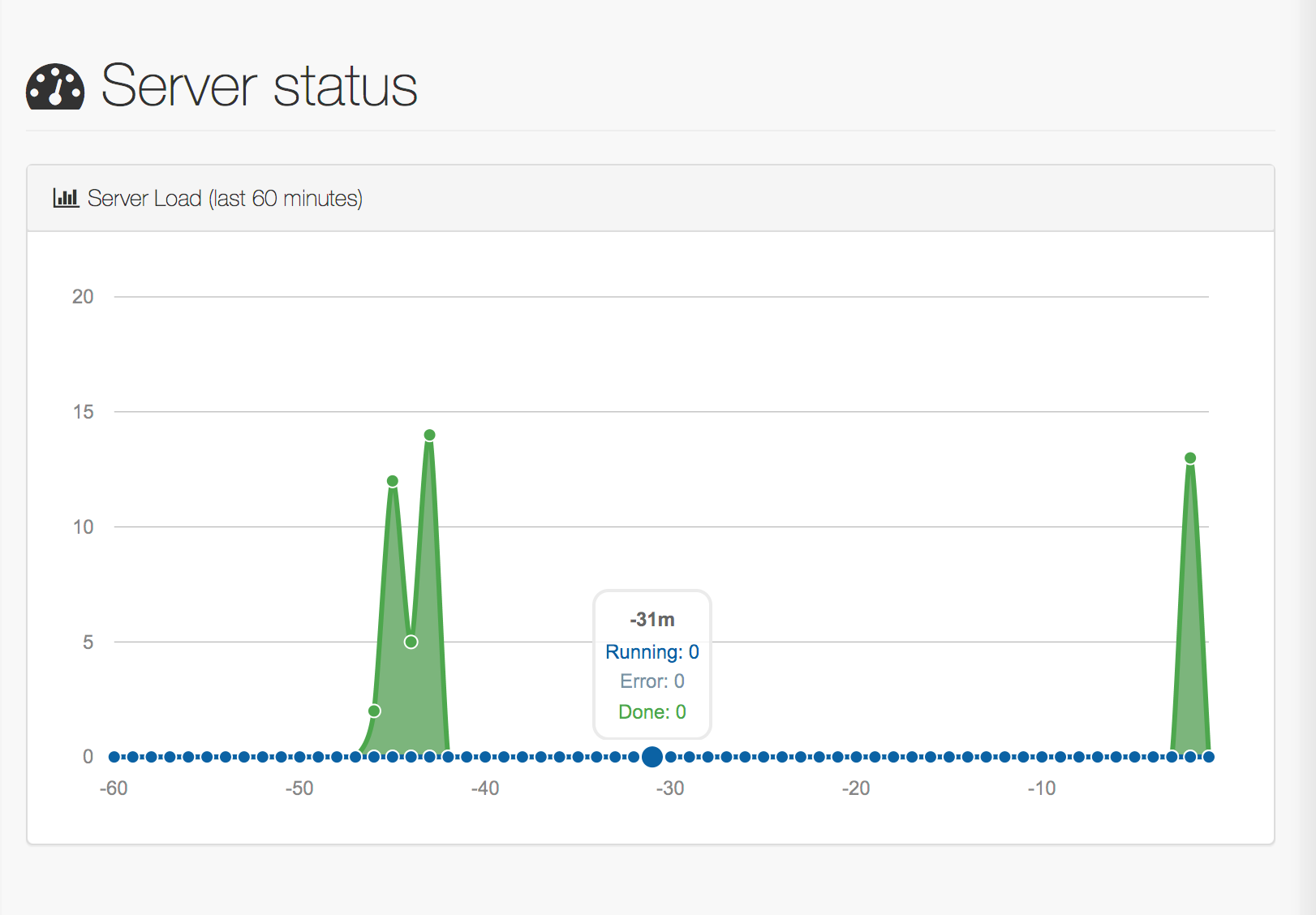RNA Science Toolbox
The RNA Science Toolbox provides a Python API (PyRNA) to do RNA science on Linux (mainly Ubuntu) and MacOSX. PyRNA allows you to:
- parse RNA data from “classical” file formats (PDB, CT, FASTA, VIENNA,…) and convert them into easy-to-use and easy-to-analyse data structures:
- Pandas Series and DataFrames
- “PyRNA objects” (as defined in the module pyrna.features).
- compute RNA data from RNA algorithms (see below for details) and convert them into Pandas data structures and PyRNA objects,
- recover RNA data from public databases (PDB, RFAM,…) and convert them into Pandas data structures and PyRNA objects,
- deploy some functionalities as REST Web services.
This project is related to the DockeRNA project which provides Docker images containing the RNA algorithms you may need.
The RNA Science Toolbox provides also a bunch of Jupyter notebooks to demo the basic features. You can have a look at them by following these links:
- Create and manipulate molecules
- Create and manipulate alignments
- Create and manipulate secondary structures
- Create and manipulate tertiary structures
You can follow this project on twitter to get updates as they happen.
Basic installation
To use the RNA Science Toolbox, you will need to go through several steps. But don’t be afraid, each step is really easy to follow.
If you don’t care about the details, you can go directly to the instructions copy/paste in a terminal.
We will provide soon a script allowing to fully configure an Ubuntu openstack image with the RNA Science toolbox.
Prerequisites
Python environment
You need at first to have a Python distribution installed on your computer. If you don’t have one, we recommend you a distribution like Anaconda.
If you’re using Linux Ubuntu, copy/paste in a terminal:
wget "https://repo.continuum.io/archive/Anaconda2-5.0.1-Linux-x86_64.sh"
chmod u+x ./Anaconda2-5.0.1-Linux-x86_64.sh
./Anaconda2-5.0.1-Linux-x86_64.sh
bash
Fabric3
You also need the tool Fabric3.
If you’re using the Anaconda distribution on Linux Ubuntu/MacOSX, copy/paste in a terminal:
conda install fabric3
Docker
To install the RNA algorithms, you need first to get a tool named Docker.
If you’re using Linux Ubuntu, copy/paste in a terminal:
curl -fsSL https://download.docker.com/linux/ubuntu/gpg | sudo apt-key add -
sudo add-apt-repository \
"deb [arch=amd64] https://download.docker.com/linux/ubuntu \
$(lsb_release -cs) \
stable"
sudo apt-get update
sudo apt-get install docker-ce
In order to run docker as non-root user, you need to add your user to the docker group.
Copy/paste in a terminal:
sudo usermod -a -G docker $USER
You will perhaps need to reboot:
sudo reboot
RNA Science Toolbox dependencies
Python libraries
Once done, download the RNA Science Toolbox and go into its directory. To install its Python dependencies, you can use either the package manager conda (from the Anaconda distribution) or pip.
If you’re using Linux Ubuntu/MacOSX, copy/paste in a terminal:
fab python
To use pip, type:
fab python:manager=pip
RNA algorithms
Each Docker image available contains several algorithms:
- fjossinet/assemble2: provides RNAVIEW, Vienna RNA package, foldalign, LocARNA
- fjossinet/rnaseq: provides SAMtools, Tophat2, Bowtie2
If you need more details about these images, check their Web page.
To install these images, copy/paste in a terminal:
fab docker
Environment Configuration
In the configuration file of your shell (.bashrc, .zshrc,…), add the following lines:
export TOOLBOX=THE_PATH_TO_YOUR_RNA_SCIENCE_TOOLBOX
export PYTHONPATH=$PYTHONPATH:$TOOLBOX
export PATH=$PATH:$TOOLBOX/pyrna:$TOOLBOX/scripts/python:$PATH
If you’re using bash on Linux Ubuntu/MacOSX, copy/paste in a terminal:
cat <<EOT >> $HOME/.bashrc
export TOOLBOX="\$HOME/RNA-Science-Toolbox"
export PYTHONPATH=\$PYTHONPATH:\$TOOLBOX
export PATH=\$PATH:\$TOOLBOX/pyrna:\$TOOLBOX/scripts/python:\$PATH
EOT
bash
Restart your shell and type (don’t forget to start Docker before):
pyrna_tests.py
Your RNA Science Toolbox is fully configured if you get something like:
Recovering entry 1EHZ from Protein Databank... ## 3D annotation ## List of base-pairs computed with RNAVIEW: edge1 edge2 orientation pos1 pos2 0 ( ) c 1 72 1 ( ) c 2 71 2 ( ) c 3 70 [...]
Quickstart
Ipython
To automatically import the PyRNA API from the IPython REPL, go into the directory $HOME/.ipython/profile_default/startup. Create a file named load_config.py containing the following lines:
from pyrna.db import * from pyrna.features import * from pyrna.computations import * from pyrna.parsers import * from pyrna.utils import *
Start a new IPython session from the command-line and type directly, without any import:
pdb = PDB()
tertiary_structures = parse_pdb(pdb.get_entry('1EHZ'))
for ts in tertiary_structures:
print ts.rna.sequence
Jupyter Notebooks
The RNA Science Toolbox provides also a bunch of notebooks to demo the basic features. Copy/paste in a terminal:
fab jupyter
Then, from the notebooks folder of the RNA Science Toolbox, type in a terminal:
jupyter notebook
This will open a Web browser listing all the notebooks available.
Advanced installation
RNA 3D modeling
If you’re interested in 3D modeling with the tool Assemble2, you will need to import, annotate and store RNA 3D fragments derived from PDB structures.
To do so, you will need first to install MongoDB on your computer.
If you’re using Linux Ubuntu, copy/paste in a terminal:
fab mongodb
With OSX, you can use homebrew and copy/paste in a terminal:
brew update ; brew install mongodb ; brew services start mongodb
Once MongoDB installed, you need to feed the database with RNA 3D fragments. To do so copy/paste in a terminal:
import_3Ds.py -annotate
import_3Ds.py -annotate -rna3dhub
Be patient, each import takes a while. I recommend you to do these imports in a screen session.
Web Services
The RNA Science Toolbox allows you to give access to some of its functionalities as Web Services. These services are made available through a Web server.
Node.js
You need to have node.js installed on your computer.
Install the Web server dependencies
From the directory of the RNA Science Toolbox, copy/paste in a terminal:
fab website
Launch the Web server
Copy/paste in a terminal:
cd $TOOLBOX/pyrna
./server.py
Open your browser at http://localhost:8080
You should get a Web page displaying the load of your server for the last 60 minutes. The chart is updated each minute.

You can use a custom hostname and/or port by typing:
cd $TOOLBOX/pyrna
./server.py -h your_hostname_OR_IP_adress -p your_port
Open your browser at http://your_hostname_OR_IP_adress:your_port